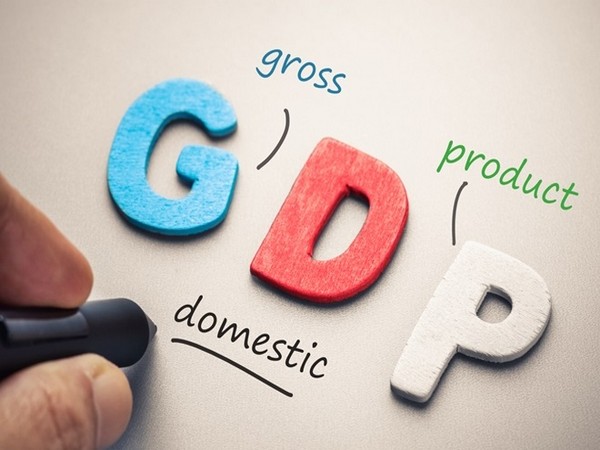UPDATE 3-Kenyan GDP expected to grow 6.2% in 2020, central bank says

- Country:
- Kenya
Kenya's economy is forecast to grow 6.2% this year, up from 5.7% last year, central bank governor Patrick Njoroge said on Tuesday, as regional trade shields Kenya from the effects of a global downturn. The bank expects to recover agriculture, medium, and small businesses and robust private-sector credit growth to support that growth.
"We will end up with 6.2%. Frankly, this is a very benign baseline," Njoroge told a news conference. Kenya is East Africa's richest economy and is enjoying an extended rainy season after several years of drought. The government also lifted caps on bank lending rates last year, which had inhibited loans to private businesses.
Njoroge said Kenya's trade with other African countries had a stabilizing effect. Exports to the regional East African Community accounted for 23% of total exports and the rest of the continent made up about 37% in 2019, he said. "If there are problems in the rest of the world, at least around us there is some stability. It offers a sense of security," Njoroge said.
On Monday, the central bank cut the benchmark lending rate for the second meeting in a row, to 8.25% from 8.50%. It said the economy was operating below potential and it saw room for a more accommodative monetary policy. The finance ministry said earlier this month's economic growth probably slowed to 5.6% last year, from 6.3% a year earlier, compared with the government's initial estimate of about 6%.
The ministry forecasts growth of 6.1% this year, rising to 7% per annum in the medium term. But concern has been growing over increasing public debt. Hundreds of mismanaged infrastructure projects have stalled and it will cost around $10 billion to revive them, the International Monetary Fund said this month.
Kenya scrapped a cap on commercial lending rates in November. The cap, imposed in 2016, was blamed for strangling private-sector credit growth, especially to small businesses, and reducing the effectiveness of the monetary policy. Njoroge said the central bank and commercial banks were working to make sure that customers got lending rates that reflected their risk profiles.
Previously, information from credit reference bureaus and other sources did little to reduce interest rates. "It will not be one size fits all. It cannot be. Because we all have different risk profiles," Njoroge said. "You have to do serious banking, not lazy banking. We were doing lazy banking before, that is what it was."
(This story has not been edited by Devdiscourse staff and is auto-generated from a syndicated feed.)
- READ MORE ON:
- Kenya
- East Africa
- International Monetary Fund
- African
ALSO READ
Elephant deaths trigger Kenyan call for Tanzania to curb hunts
Athletics-Kenya's Kipchoge eyes historic Olympic marathon hat-trick
Kenya proposes maritime treaty to defuse Ethiopia-Somalia tensions
Kenya proposes regional maritime treaty to end Ethiopia-Somalia dispute
Kenya recalls J&J children's cough syrup over suspected toxicity










